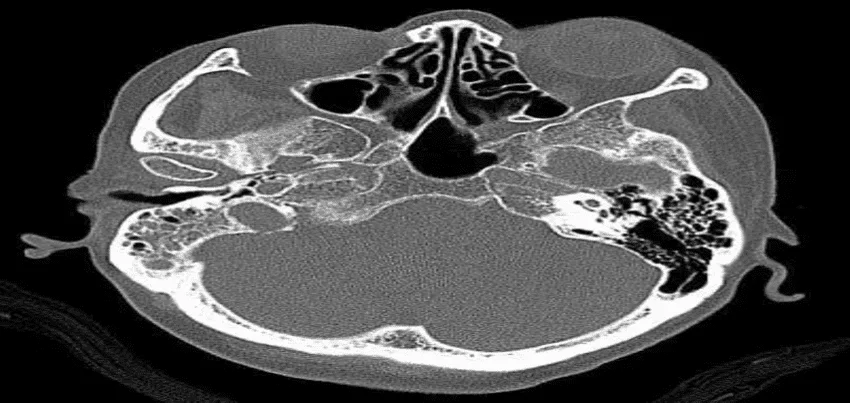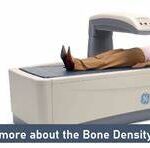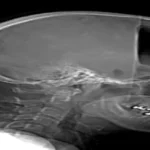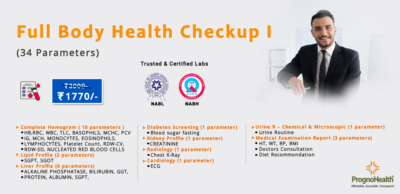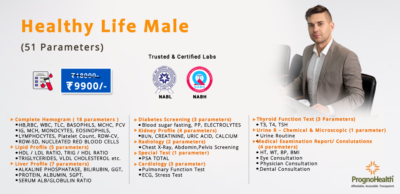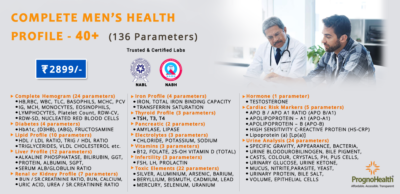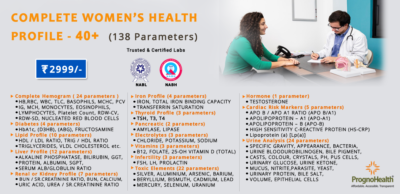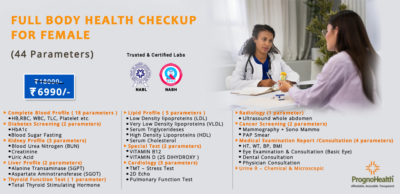PrognoHealth – Corporate Health & Wellness Specialist
Contact Us
+91 9510650660
Email Us
corpsales@prognohealth.com
Contact Us
+91 9510650660
Email Us
corpsales@prognohealth.com
CT Scan of the Temporal Bone or Mastoid Bone
A CT Scan of the Temporal Bone or Mastoid Bone is a diagnostic medical imaging test used to evaluate the ear, including the ear canal, middle ear, and mastoid bone. This imaging test provides detailed images of the bone structure and surrounding soft tissues of the ear. In this article, we will discuss the procedure of the CT Scan of Temporal or Mastoid Bone, test preparation, common symptoms, time taken for the test, result interpretation, and its importance in corporate health wellness packages.
Test Procedure: During a CT Scan of Temporal or Mastoid Bone, the patient is positioned on a table that slides through a doughnut-shaped machine. The machine rotates around the patient, taking multiple images of the ear and the surrounding structures. The images captured are then processed by a computer to produce detailed images of the ear and its components. This test usually takes about 15-30 minutes.
Test Preparation: Before the CT Scan of Temporal or Mastoid Bone, the patient should wear comfortable, loose-fitting clothing without metal fasteners or jewelry that may interfere with the imaging. Patients should also inform their physician of any pre-existing allergies or medical conditions that may affect the CT scan. They may also be asked to remove any removable dental work, such as dentures, as it may obstruct the imaging.
Common Symptoms for Ordering the Test: A CT Scan of Temporal or Mastoid Bone may be ordered by a doctor to investigate the following symptoms or conditions:
- Chronic ear infections
- Hearing loss
- Tinnitus (ringing in the ears)
- Vertigo (dizziness)
- Facial weakness or paralysis
- Mastoiditis (infection of the mastoid bone)
- Cholesteatoma (an abnormal skin growth behind the eardrum)
- Trauma or injury to the ear or head
- Time Taken for the Test and its Results Interpretation
The CT Scan of Temporal or Mastoid Bone usually takes about 15-30 minutes. The results of the test are evaluated by a radiologist, who will interpret the images and provide a report to the referring physician. The report will include information about the condition of the ear, including any abnormal structures, infections, or growths.

Importance in Corporate Health Wellness Packages: A CT Scan of Temporal or Mastoid Bone is a crucial diagnostic tool for individuals who are experiencing symptoms related to their ear or surrounding structures. By offering this test as part of corporate health wellness packages, companies can provide their employees with the opportunity to detect ear-related conditions early, and promote early treatment to prevent potential complications. Additionally, regular health screenings and tests can help in identifying potential health concerns early and provide a preventative approach to healthcare.
Conclusion: CT Scan of Temporal or Mastoid Bone is a safe, non-invasive diagnostic imaging test used to evaluate the ear and surrounding structures. The test provides detailed images of the bone and surrounding soft tissue structures. Patients do not need to prepare significantly for this test, but they should inform their doctor about any medical conditions or allergies they have before the test. The results of the test are interpreted by a radiologist, and the report is sent to the referring physician. Companies can offer CT Scan of Temporal or Mastoid Bone as part of their corporate wellness packages to promote the well-being of their employees by enabling early detection and timely treatment of ear-related conditions.
Related Blogs
Blog Categories
Top rated products
-
 Full Body Health Checkup I
Rated 5.00 out of 5
Full Body Health Checkup I
Rated 5.00 out of 5₹3,000.00Original price was: ₹3,000.00.₹1,770.00Current price is: ₹1,770.00. -
 Healthy Life Male
Healthy Life Male
₹18,000.00Original price was: ₹18,000.00.₹9,900.00Current price is: ₹9,900.00. -
 Complete Men’s Health Profile – 40+ – 136 Parameters
₹2,899.00
Complete Men’s Health Profile – 40+ – 136 Parameters
₹2,899.00
-
 OFFICE STAFF PACK II
OFFICE STAFF PACK II
₹2,400.00Original price was: ₹2,400.00.₹1,320.00Current price is: ₹1,320.00. -
 Full Body Health Checkup III
₹11,000.00
Full Body Health Checkup III
₹11,000.00
About Us
Progno Health is a Corporate Health & Wellness Specialist providing services to Pan India. We offer Pre-employment Health Checkup Packages, Annual Health Checkup Packages, Executive Health Checkup Packages, Occupational Health Checkup Packages, and other Health & Wellness Services.

